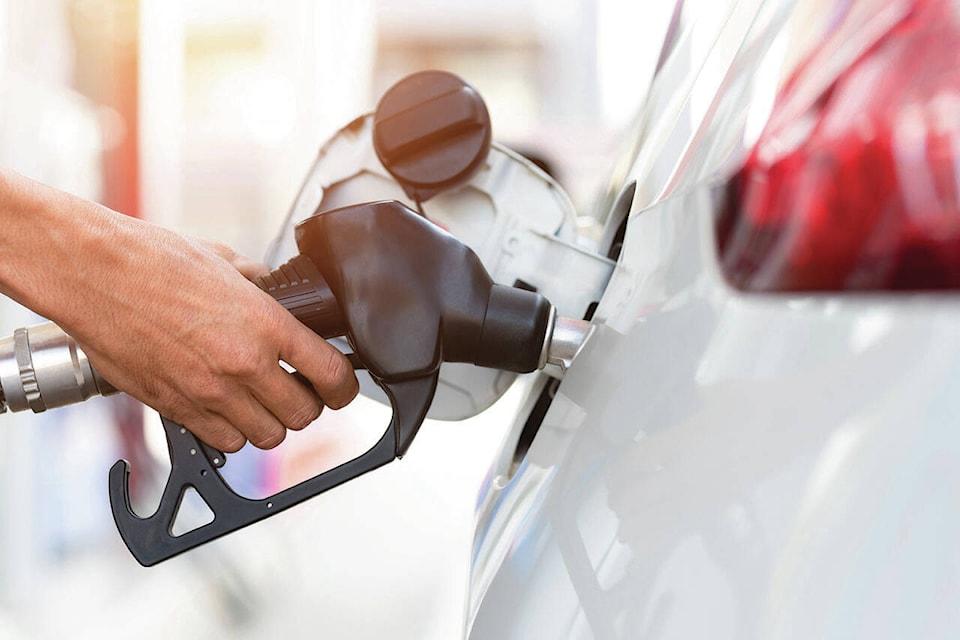Canada’s inflation rate is rising at a slower pace, as is Yellowknife’s, and the relief being felt by consumers is largely centred around the gasoline pump.
The latest figures from Statistics Canada show annual inflation rose just 2.8 per cent nationally in June, slowing from 3.4 per cent in May.
In Yellowknife, the inflation rate clocked in at 2.5 per cent, better than the three per cent registered in May.
Overall, it’s a dramatic improvement from the 8.1 per cent peak Canadians suffered through last summer.
But excluding gasoline from the equation, Canada’s inflation rate was four per cent in June, and 4.4 per cent in May.
Gasoline prices have declined nearly 22 per cent nationally since last June, when global energy markets spiked in reaction to Russia’s invasion of Ukraine.
But other categories continue to get more expensive for consumers, with food prices up 8.3 per cent year-over-year and mortgage interest costs up 30.1 per cent.
Iqaluit’s cost of living increase, at 2.6 per cent in June, was similar to Yellowknife’s. Edmonton posted an inflationary increase of just 1.4 per cent while Whitehorse came in at 4.8 per cent.
—By The Canadian Press
